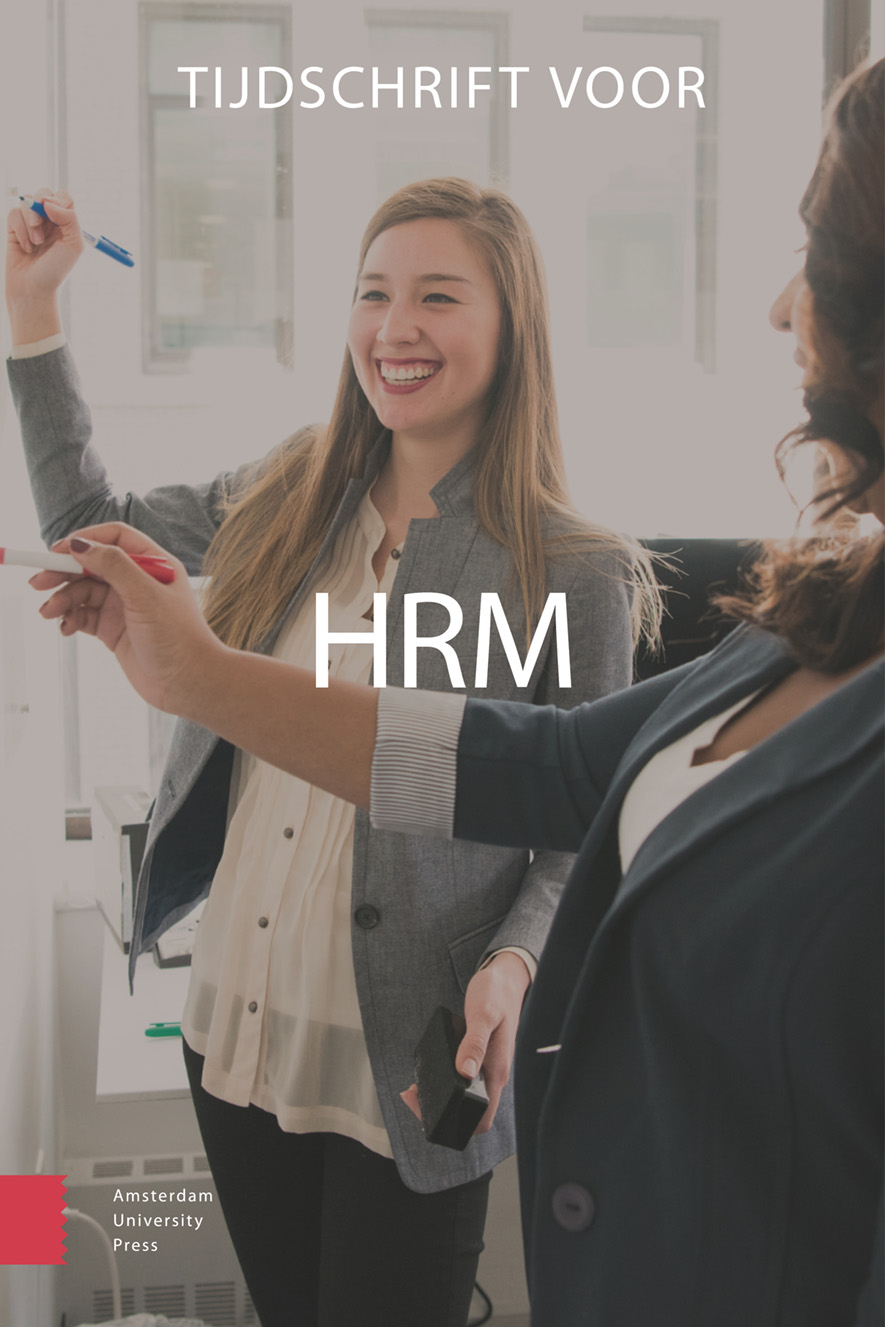-
oa Beoordelen: Meer bedrijfskundig en minder bedrijfspsychologisch
- Amsterdam University Press
- Source: Tijdschrift voor HRM, Volume 25, Issue 1, Mar 2022, p. 55 - 76
-
- 01 Mar 2022
Abstract
Beoordelen is het doen van uitspraken over personen. Die uitspraken vinden expliciet plaats in een sociale werkcontext. Dat maakt dat je als manager vastzit aan je beoordelingsuitspraak. Je committeert je eraan. Maar de uitspraak heeft ook consequenties voor de beoordeelde, in de zin dat deze een promotie wel of niet krijgt of een bonus wel of niet in het vooruitzicht wordt gesteld. Searle (1998) noemt zulke taalhandelingen performatieve taaldaden. Het (uit)spreken heeft tot doel iets te veranderen in de wereld. Van belang is dat degene die de taaldaad verricht daartoe institutionele bevoegdheid bezit. In een hiërarchische arbeidsorganisatie is daarom beoordelen vaak verbonden aan een organieke positie als afdelingsmanager. Beoordelen komt daarmee in een bedrijfskundige context van de balans tussen bevoegdheid en verantwoordelijkheid. In deze bijdrage zal ik, conform ook mijn leeropdracht, beoordelen daarom zowel psychologisch als bedrijfskundig beschouwen. Zo zal ik de vraag stellen: betekent het einde van beoordelen omdat het psychologisch slecht werkt, ook dat er geen bedrijfskundige aanleiding meer is om uitspraken te doen over arbeidsgedrag?


